Art has long been celebrated as a tool for self-expression and emotional release, but in recent years, the focus on abstract art in therapeutic settings has gained traction. The act of creating—whether through bold brushstrokes, splashes of paint, or freeform movements—offers profound psychological and emotional benefits. Abstract art therapy, in particular, allows individuals to bypass the limitations of language and logic, accessing deeper emotions and fostering healing.
The Science Behind Art Therapy
Studies in neuroscience and psychology support the use of art as a therapeutic tool. Creating art activates multiple regions of the brain, including the prefrontal cortex, which governs decision-making and emotional regulation, and the limbic system, the brain’s emotional center. According to a 2016 study published in the journal Art Therapy, just 45 minutes of creative activity can significantly lower cortisol levels, the hormone associated with stress.
When it comes to abstract art, the lack of rules and boundaries further enhances its therapeutic effects. Abstract expression encourages spontaneity, enabling individuals to access their unconscious mind and process complex emotions. For example, using dynamic, sweeping brushstrokes or physically throwing paint onto a canvas can serve as a powerful release of pent-up tension and frustration.
Emotional Catharsis Through Abstract Art
One of the key benefits of abstract art therapy is its ability to facilitate emotional catharsis. Unlike representational art, which often requires skill and focus on realism, abstract art emphasizes emotion over form. This allows individuals to focus solely on their feelings and channel them into raw, visual expression.
For instance, bold and aggressive strokes may help someone process anger, while soft, flowing patterns can bring comfort and calm during periods of anxiety. The physicality of engaging with materials—whether through smearing paint with hands, splattering colors across a canvas, or molding clay—can provide a visceral sense of release. This process mirrors the body’s natural stress response, helping individuals feel lighter and more in control.
Abstract Art as a Safe Space
Abstract art offers a nonjudgmental space for exploration. For individuals who struggle to articulate their feelings verbally, whether due to trauma, anxiety, or other challenges, the abstract medium provides a voice. There is no “right” or “wrong” way to create abstract art, making it accessible to people of all ages and artistic abilities.
Therapists often guide clients to work intuitively, selecting colors, shapes, and techniques that resonate with their current emotional state. The resulting artwork becomes a mirror of the inner world, providing insights into subconscious thoughts and feelings. Over time, this process can promote self-awareness and emotional resilience.
The Connection Between Abstract Art and Nature
Interestingly, the therapeutic qualities of abstract art echo the healing patterns found in nature. Just as wind sculpts sand dunes or water carves canyons, creating abstract art mimics these organic, unpredictable processes. Many individuals find that working with natural materials like sand, earth pigments, or water-based paints deepens their connection to the environment, further enhancing the sense of grounding and renewal.
Artists like Jackson Pollock have famously drawn parallels between their creative processes and natural phenomena. Pollock’s drip technique, for example, resembles the spontaneous flow of water or the branching of tree roots. This connection to nature’s unpredictability can inspire individuals to embrace change and uncertainty in their own lives.
Art Therapy in Practice
Abstract art therapy is used in various settings, from clinical practices to community workshops. It has been shown to benefit individuals coping with trauma, depression, anxiety, and even chronic pain. Techniques often include:
- Action painting: Encouraging clients to move freely as they paint, fostering a sense of liberation and self-discovery.
- Color exploration: Guiding individuals to select and combine colors that reflect their emotional states.
- Material experimentation: Using unconventional tools—such as sponges, sticks, or even hands—to create unique textures and forms.
Conclusion
Abstract art therapy is more than just a creative outlet; it is a pathway to healing, self-discovery, and emotional freedom. By engaging with the unpredictable and intuitive nature of abstract expression, individuals can release suppressed emotions, gain insight into their inner world, and build resilience. Whether through bold brushstrokes, splashes of paint, or the quiet blending of colors, the act of creating abstract art is a reminder of the profound connection between art and the human spirit.

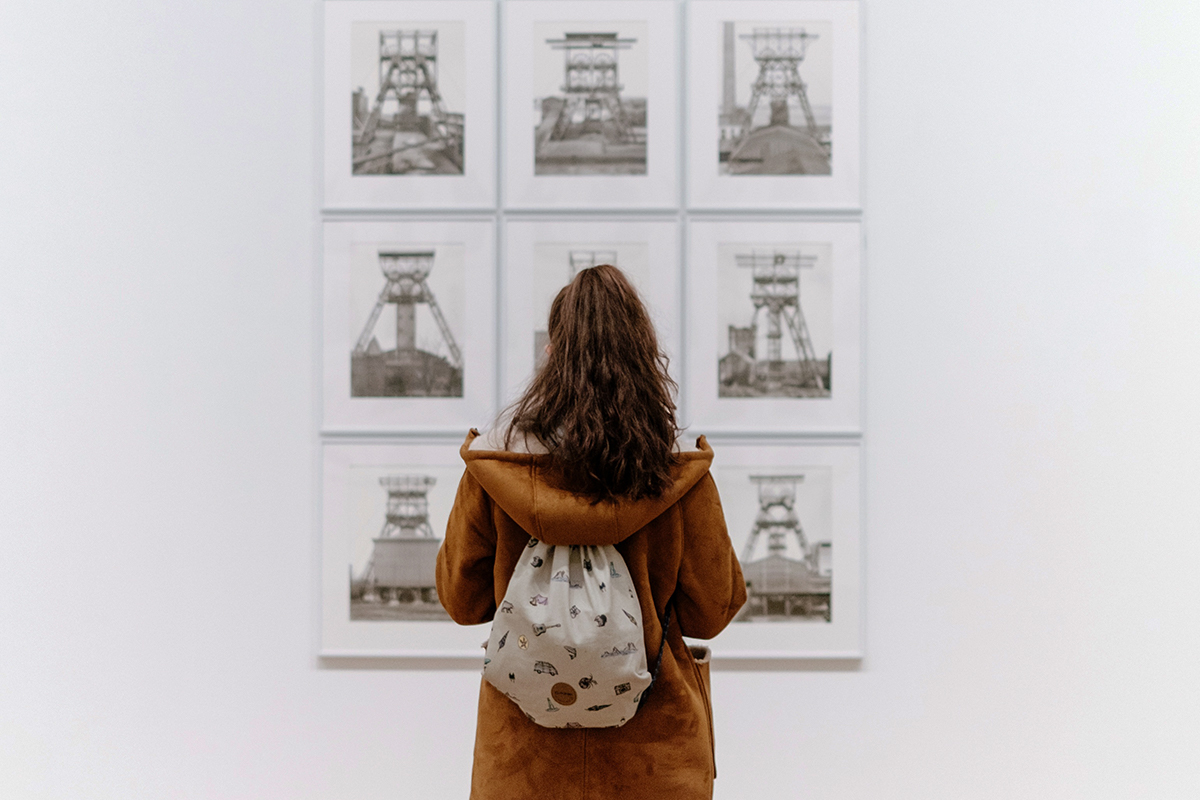
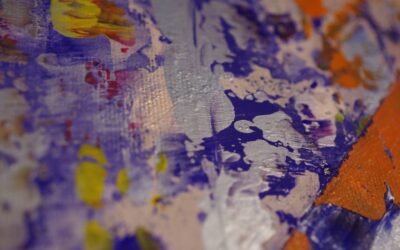
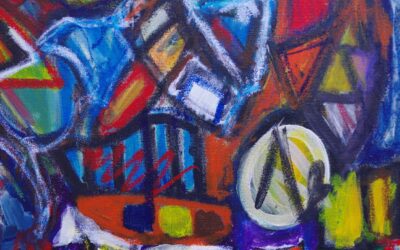
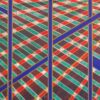
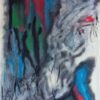
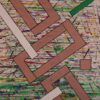
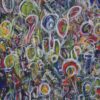
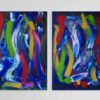
0 Comments